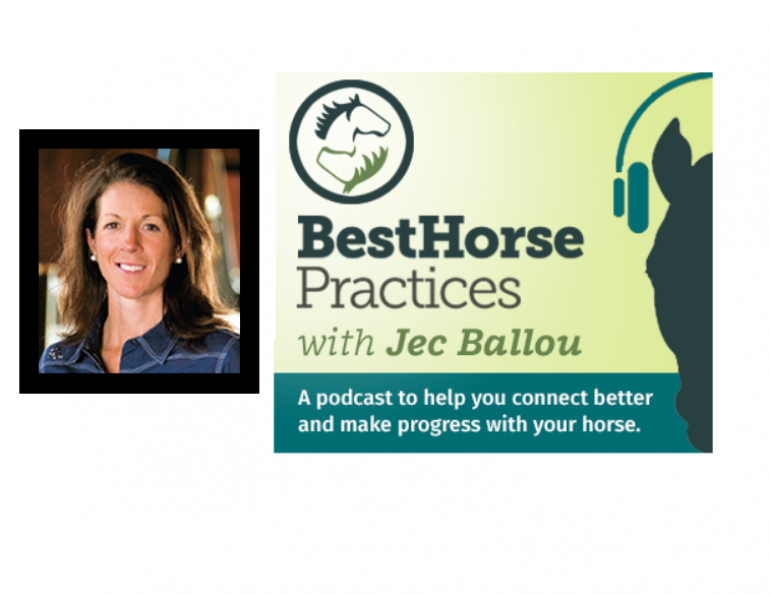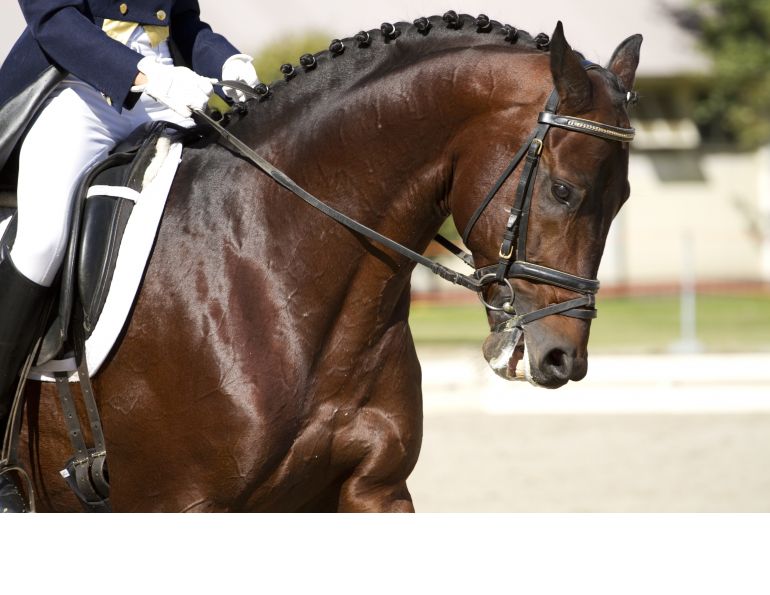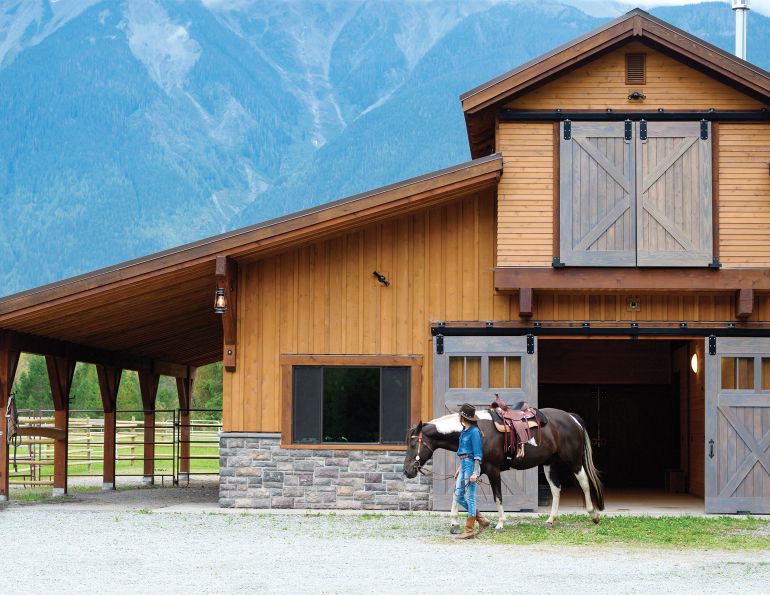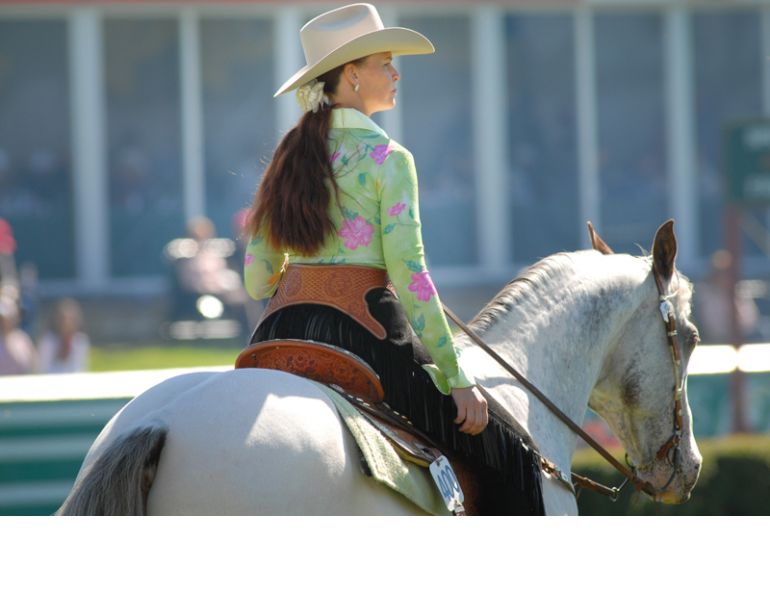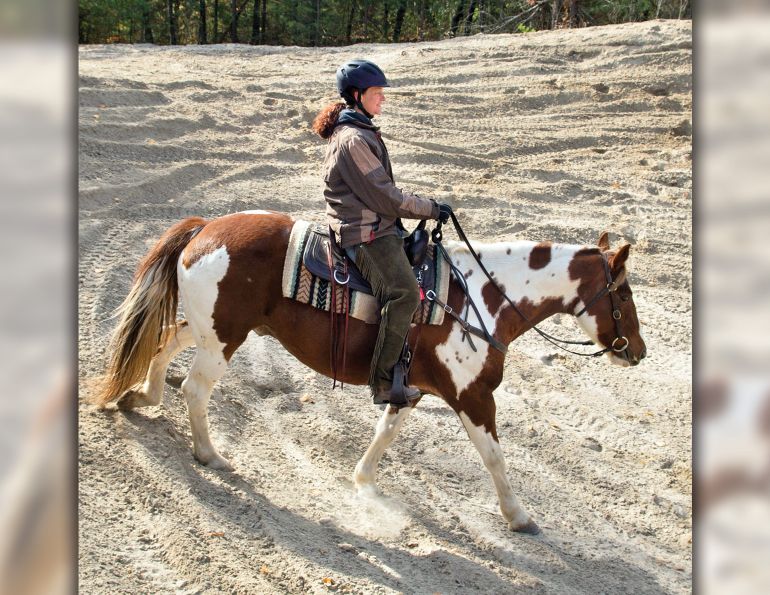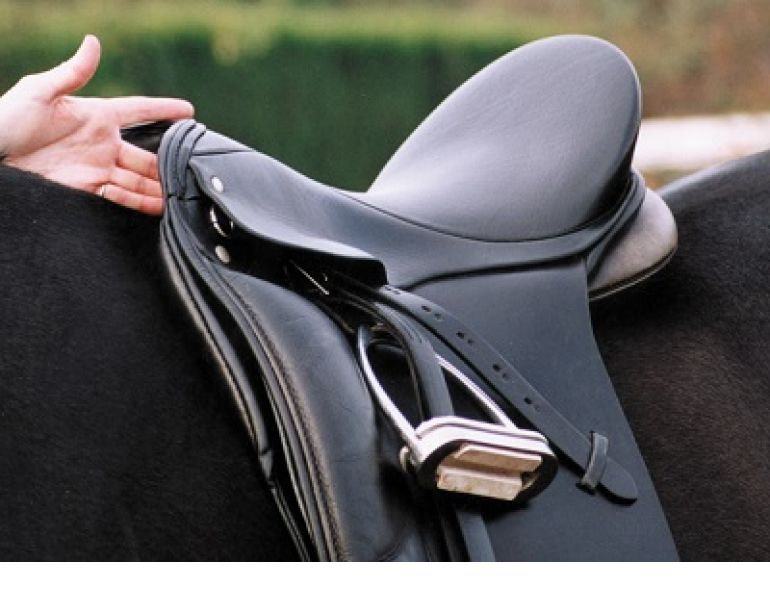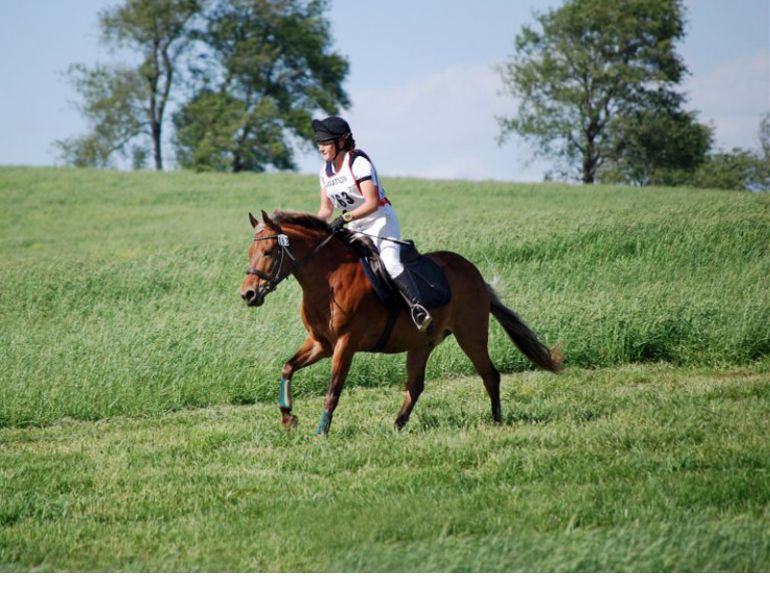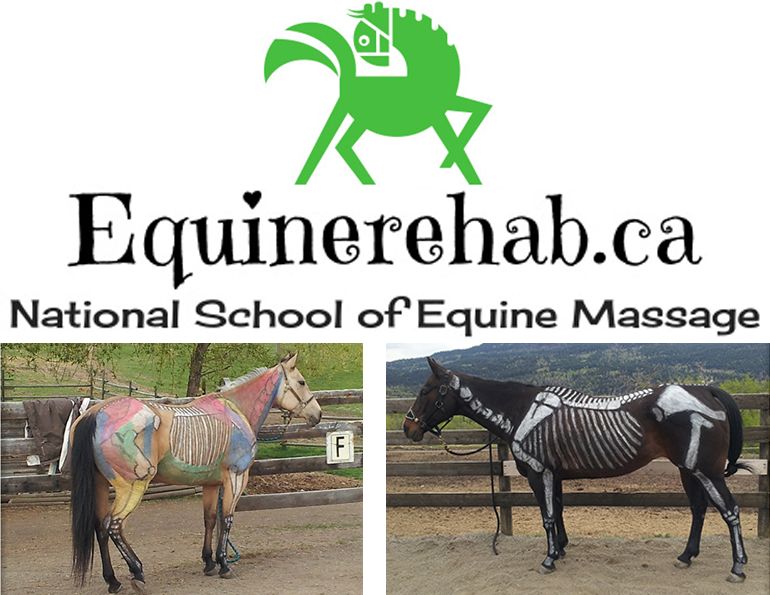By Jess Hallas-Kilcoyne
Looking for an exercise to help develop your horse's uphill balance, self-carriage, and collected work?
Olympic dressage rider and trainer Andrea Taylor suggests an exercise to improve these and other aspects of your horse's movement and training — the Shoulder-in Loop.
“The classic exercise with which to introduce collection to a horse is shoulder-in,” says Andrea. “It teaches the horse to improve his balance and lightness (or self-carriage) through engaging the hind legs and suppling the hips and back. The slight angle of shoulder-fore or three tracks of shoulder-in require that the inside hind leg move under the midline of their body, and as a result the inside hip lowers. This engages the hind legs and enables the shift of weight off the forehand, which adds to the ease and self-carriage of the horse and makes him more pleasurable to ride.”
How to Ride the Shoulder-in Loop
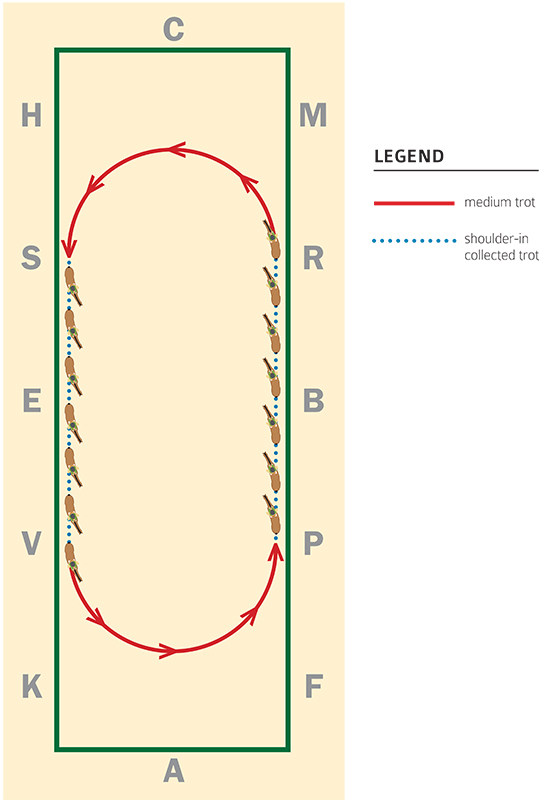
On the left rein, ride straight down the long side of the arena in a balanced trot (may be working or collected depending on the stage of the horse’s training). At R, ride a half 20 metre circle to S in medium trot, thinking about creating impulsion without allowing the horse to take faster steps. At S, half-halt and develop shoulder-in in collected trot down the long side to V. From V to P, ride another half 20 metre circle in medium trot to refresh the impulsion, and develop shoulder-in in collected trot again down the long side to R. At R, ride a half 20 metre circle to S in medium trot…and so on.
“Your horse may rush in the mediums and as a result stiffen and lean on the contact,” cautions Andrea. “Check that you are pushing and engaging him uphill using half-halts rather than chasing him out of balance.”
You may also find that your horse feels “stuck” against the wall in the transition from shoulder-in in collected trot to the medium trot. “Make sure you are keeping the horse in front of your leg in the shoulder-in so he is ready to leave the wall exactly when you give the aid,” Andrea advises.
This exercise can be adapted to suit different horses by varying the degree of impulsion in the medium trot and asking for more or less angle in the shoulder-in. With a more advanced horse you can even add a half-pass out of the shoulder-in at E or B to the top of the centreline. Then come back down the long side and repeat the exercise from the beginning.
Remember, it is the rider’s responsibility to understand that every horse is built differently and each one may have certain physical or mental limitations. “It is our job to feel what the limitations are and work with them,” Andrea says. “Not push past them to the detriment of the animal.”

About Andrea Taylor
Andrea Taylor is an Equine Canada Level 3 Dressage Coach, an international level competitor, and a trainer of horses and riders from Training Level through Grand Prix. She has been short-listed for the Canadian Dressage Team numerous times and currently runs her business, Andrea Taylor Dressage, out of Future Play Stables in Langley, BC. Additionally, Andrea has been the Canadian Para Equestrian National Team Coach since the 2007 World Championships in England, and has so far coached the team at two Paralympic Games and the World Equestrian Games in 2010. www.TaylorDressage.com.
Main article photo: Canstock/Virgonira
This article originally appeared in the November 2012 issue of Canadian Horse Journal as part of "3 Takes on Training: Collection, Part 1".





